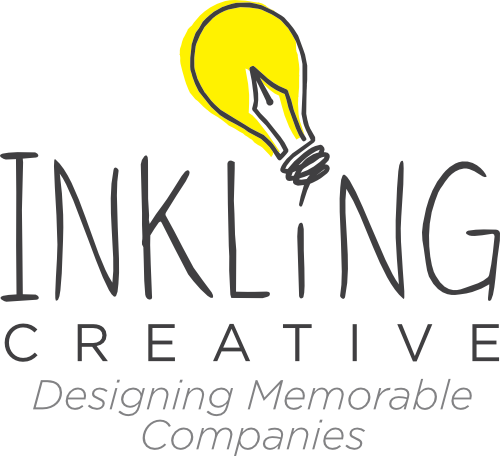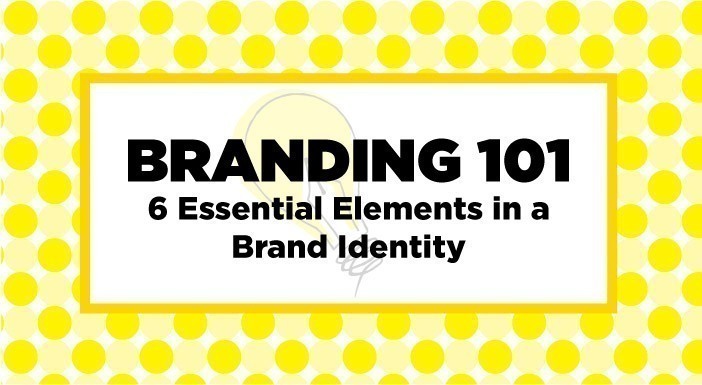What is a brand identity made up of? Last time we discussed a company’s logo as a foundational, defining part of a company’s visual identity. Before we move on any further discussing the other elements of a visual identity, we must further discuss what is included in a brand identity. An understanding of this is essential to maintaining a consistent visual strategy.
More...
Miles Herndon notes that a consistent visual identity and consistent branding resonates with customers more effectively. That's why it can be said that a brand consists of a company's visuals, it's voice, and it's values.
That's why visual consistency has the additional benefit of saving your company money in the long run on advertising and marketing. Brands without a consistent appearance spend more to get their brand in front of customers because their brand image changes so frequently. Consistency in voice and values also saves your company money by keeping your customers' trust.
You may be wondering how a company goes about building a consistent brand identity. Simply follow the checklist below to have an effective framework for an identity that will last.
WHAT DOES MY VISUAL BRAND IDENTITY NEED?
Each brand identity should include the following elements.
- A minimal color palette: Each brand should have 1-3 primary colors and 2-3 secondary colors (black and white do count)
- A primary logo or wordmark: Learn more about a logo in last week’s post. A wordmark is a distinct text-only treatment of a company name (think Coca-cola)

- A secondary logo or wordmark (submark): This could be a part of your primary logo, but it is used in place of a full-logo where the full logo may not be legible (like on a t-shirt, hat, or profile picture)

- Fonts: Two or three fonts should be used consistently along company documents (i.e. a serif, sans-serif, and script). They can be widely distributed or custom built. For ease of use, choose something that’s readily available on all computers. For something more distinct, choose a lesser-known typeface or build your own
- A Texture: This can a simple as a color overlay for photos or a complex pattern, but whatever you do, make sure it can be used in all formats (for web or print)
- Photography: Choose a general style of photography that would be considered “on brand.” Should your photos include people? If so, should you see their faces? For product photos, does the image include only the product? Is there a specific background? Does your company even use photos, or do you use vectors? If vectors, are they complex or simple?
An effective brand identity needs a minimal color palette, a primary and secondary logo or wordmark, two or three fonts, a texture, and brand photography.
The above elements are the basics of a brand’s visual identity, the basic elements of a brand identity. These are the foundational pieces needed for branding, anything beyond this is extra credit.
However, to keep your branding consistent, ensure employees know the guidelines. Often called a graphic standards manual, style guide, brand board, or something similar, many companies provide this to their employees. This informs employees as to what graphics are acceptable when speaking for the company. These guidelines apply to what we discussed above as well as anything that represents the company. It would cover items such as fonts to use in documents, colors to use, email signature styles, or social media image styles.
Mentioned before, an example of a company with a strong and consistent brand identity is Target. Their logo not only stands out and is visually appealing, they have very consistent colors, fonts, photography, and videography.
What do you think? Are there any other elements you see an important? What companies can you think of that have a great, consistent brand identity? Please share your thoughts below.

